Health benefits of grooming your dog
Pets

Audio By Carbonatix
By Lauren Liebhaber, Stacker
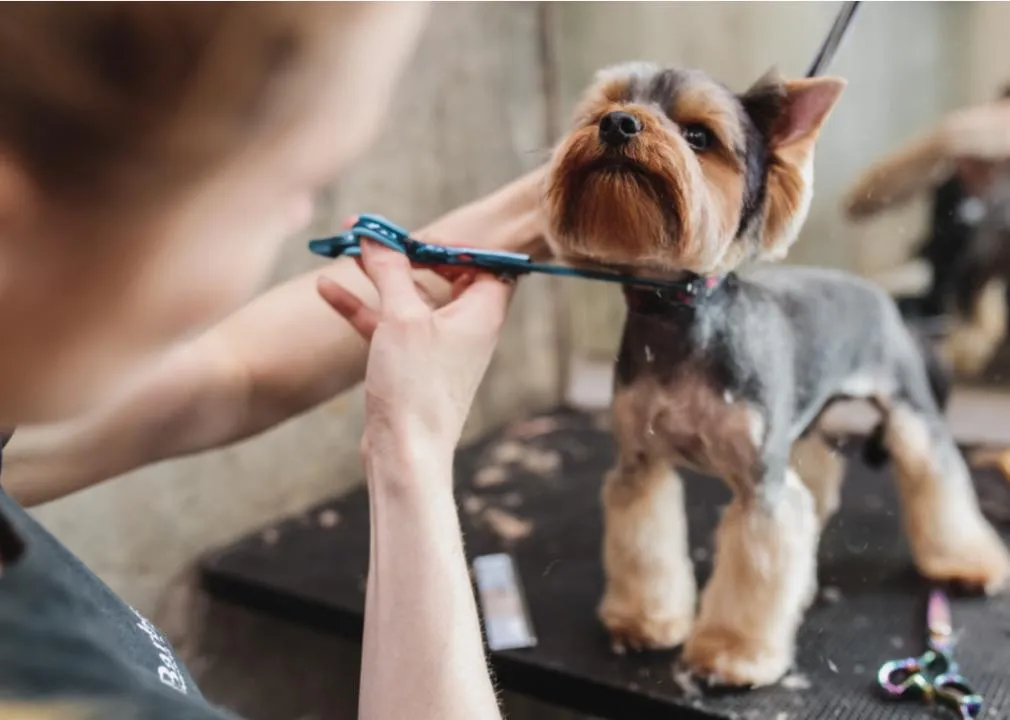
Health benefits of grooming your dog
The most seemingly mundane dog features—their fur, nails, ears, and teeth, for instance—all work in concert to create homeostatic balance, keeping them healthy and comfortable. Too much dead fur trapped in a dog’s coat can lead to mats, which can lead to pelting, and eventually skin infections and overheating. Nails that are too long can create pressure on the nail beds, which can cause joint pain and even arthritis. Neglecting the small things like brushing their coats and trimming their nails can lead to long-term health issues. With a little knowledge, patience, and consistency, these can be avoided.
The most seemingly mundane dog features—their fur, nails, ears, and teeth, for instance—all work in concert to create homeostatic balance, keeping them healthy and comfortable. Too much hair or dead fur trapped in a dog’s coat can lead to mats, which can lead to pelting, and eventually skin infections and overheating. Nails that are too long can create pressure on the nail beds, which can cause joint pain and even arthritis. Neglecting the small things like brushing their coats and trimming their nails can lead to long-term health issues. With a little knowledge, patience, and consistency, these can be avoided.
Whether dogs are groomed at home, brought to professionals, or some combination of the two, understanding the role a dogs’ external features play in their overall health and well-being is a vitally important part of routine grooming practices. Every breed requires slightly different levels of maintenance to keep the dog looking and feeling its best. Independent research and consulting with a dog’s veterinarian can help you determine the tools and frequency with which to groom your canine companion. To help you get started, ManyPets consulted pet organizations and licensed veterinarians to compile a list of 10 ways regular grooming benefits a dog’s health.
Not only is proper grooming a part of the pet-parent job description, it could also turn out to be a life-saving practice for a dog. The more familiar owners are with their dogs’ bodies, the better they are able to identify anomalies. Finding a cancerous lump sooner rather than later, for instance, can increase the likelihood of successful treatment. Identifying issues like skin irritations or ear infections can ensure a dog does not needlessly suffer.
If you’re considering adding a dog to the family, if you’ve been lax about your dog’s grooming habits, or even if you’re a conscientious groomer, read on to learn more about how routine grooming can improve a dog’s day-to-day life.
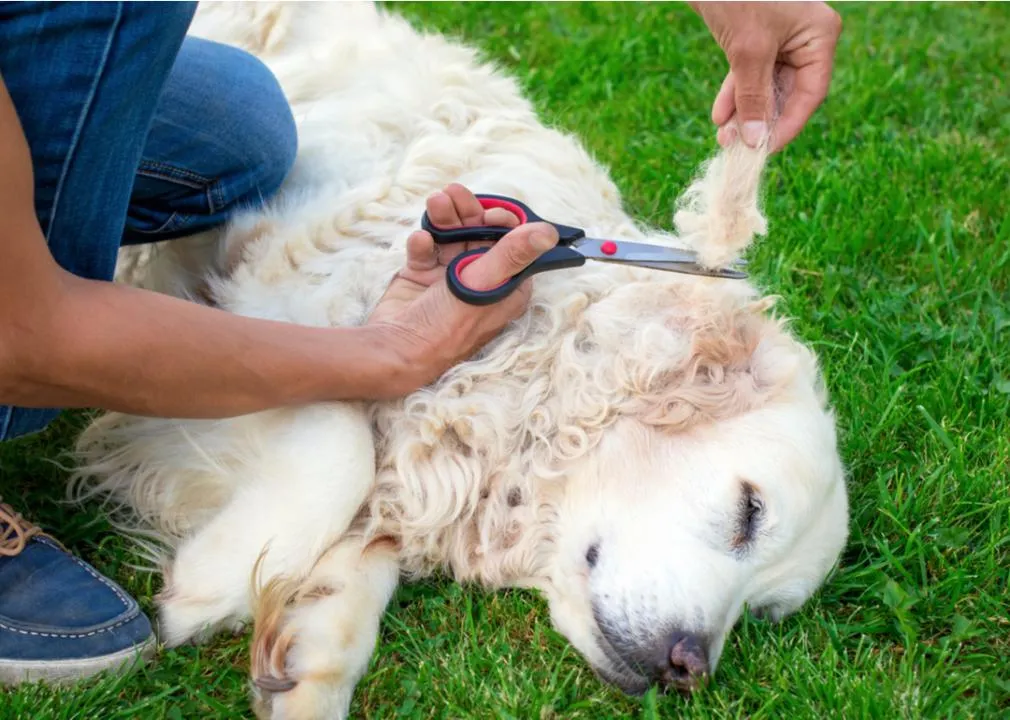
Remove painful mats that can harbor parasites and bacteria
Dog breeds with medium, long, curly, or double coats are most prone to matting and pelting. While people may equate matted fur on pets to their own occasional and painless tangled hair, knotted fur can be, at best, irritating and at worst, painful for your dog. Mats can form close to the skin, retain moisture and create an environment where bacteria and parasites thrive, and even cause sores. Mats most frequently form in areas of high friction, including around the neck or under the front legs where a collar or harness might sit. Regions behind the ears and in the groin are also common spots for matting.
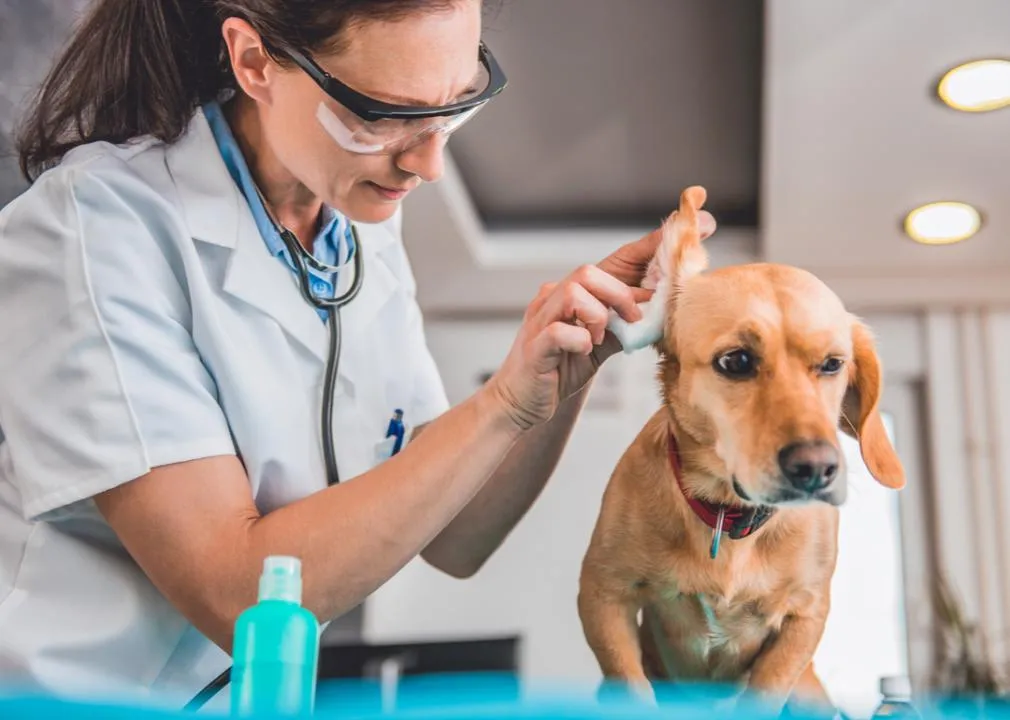
Prevent ear infections
Keeping a dog’s ears clean and dry is the best way to prevent infections, especially in breeds with long, heavy ears like basset hounds, bloodhounds, and spaniels. Because airflow is restricted by ears that hang down, trapped moisture can lead to wax and bacterial buildup and create a haven for pests like ear mites. Some wax is good, essential even, to trap unwanted particulates, but too much can indicate a problem. The American Kennel Club recommends using your own eyes and nose for signs of trouble with your dog’s ears. Dark-colored wax, discharge, head shaking, scratching, and foul odor are all signs of parasitic or bacterial infection.
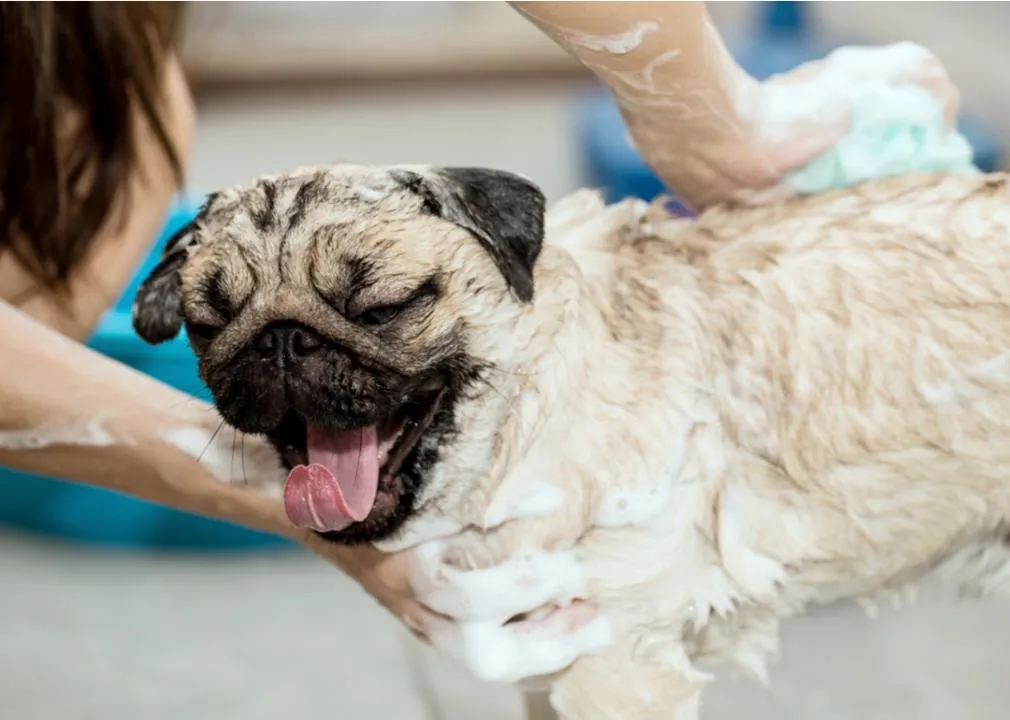
Keep skin healthy
Getting rid of dirt and dead skin is as important for dogs as it is for humans, and for this reason, routine bathing and brushing are essential. A dog’s skin is extremely sensitive and can be irritated by a number of hard-to-pinpoint factors such as environmental or food allergies, genetic conditions like seborrhea or cheyletiellosis, or seasonal changes. Hot spots are one of the most common afflictions caused by underlying skin sensitivities. By understanding what normal skin looks like and feels like for a dog, you can more easily recognize problematic changes.
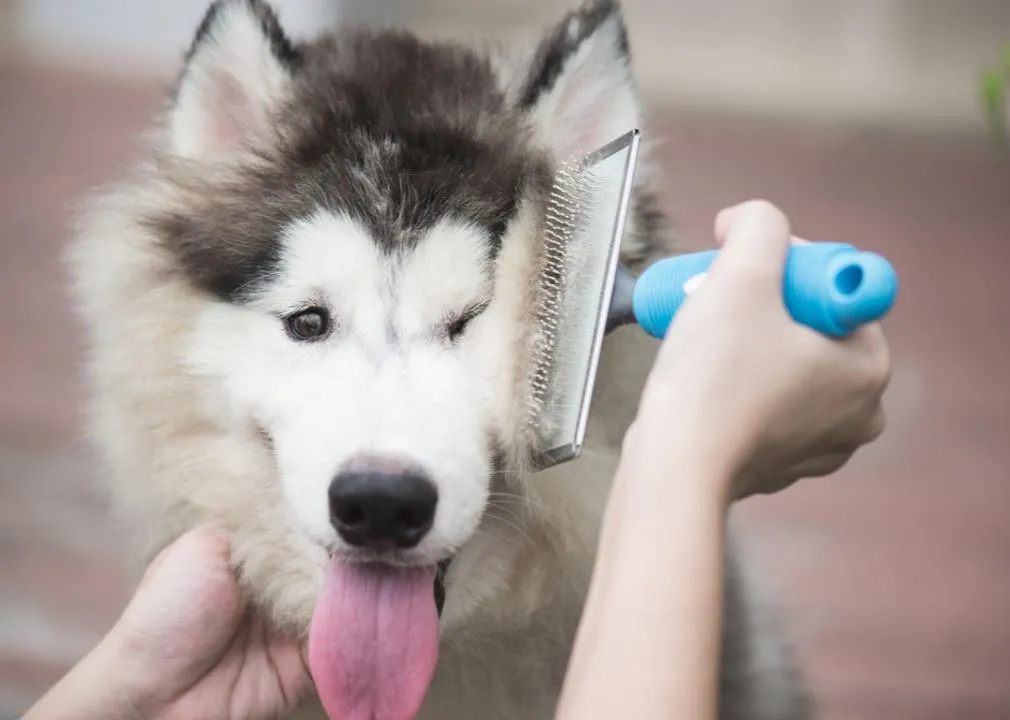
Stimulate natural oils for a healthy coat
The appearance of a shiny coat is created by light reflecting off the natural oils a dog’s skin produces. A healthy, balanced diet—which can mean something slightly different for every dog—can help their bodies produce these oils from the inside. Brushing can also help to stimulate the skin and follicles and to distribute these oils evenly throughout their coats. A dull coat and coarse, brittle fur can be signs of nutrient deficiencies or skin conditions.
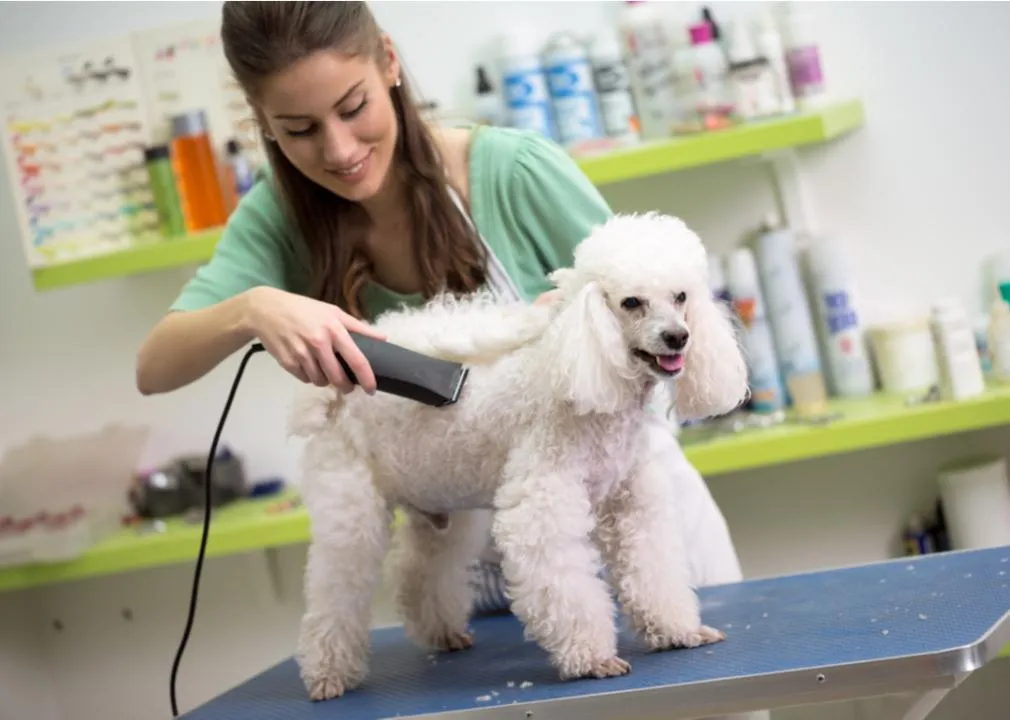
Check for bumps or injuries
Regular dog grooming presents the opportunity to inspect dogs for lumps or injuries on regions of their bodies that aren’t often seen or touched during normal day-to-day interactions. While most lumps, such as lipomas, cysts, and warts are benign, it is important to have a baseline of size, texture, and shape so changes over time can be detected. Hard, immovable lumps warrant immediate attention from a veterinarian. If a dog is yelping or pulling away when touched on a certain spot, this could be indicative of a soft tissue injury.
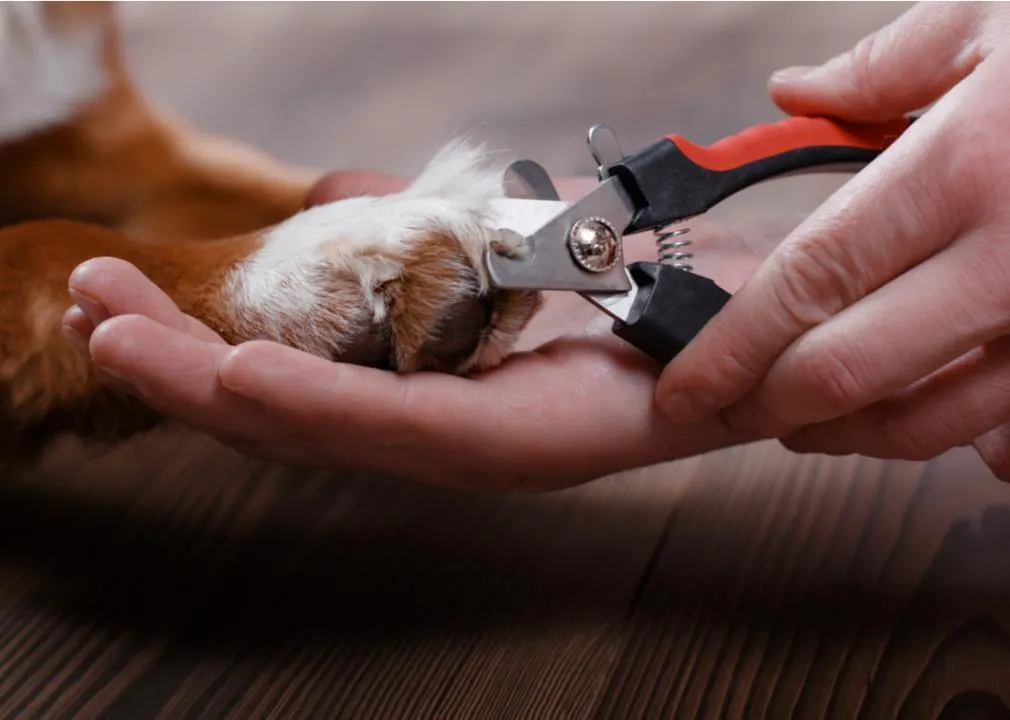
Healthy joints
Letting dogs’ nails grow too long may seem innocuous, but it can change the way they walk. Long nails—nails that touch the ground—mean less traction on slippery surfaces, painful pressure on the nail beds, and if left untreated, arthritis in the toes. By compensating for painful strides due to untrimmed nails, other joints in the paws and legs bear a disproportionate amount of pressure and can also be worn down. Trimming a dog’s nails can be intimidating and it isn’t always the easiest task. Every dog owner has likely heard of the quick—the inner area of the nail containing blood vessels—and horror stories about inadvertently cutting into it. But knowing what to look for, using the right tools like a safety clippers or a rotary grinder designed specifically for caring for dogs’ nails, and regular professional grooming can help you and your dog avoid the trauma of nail trimming.
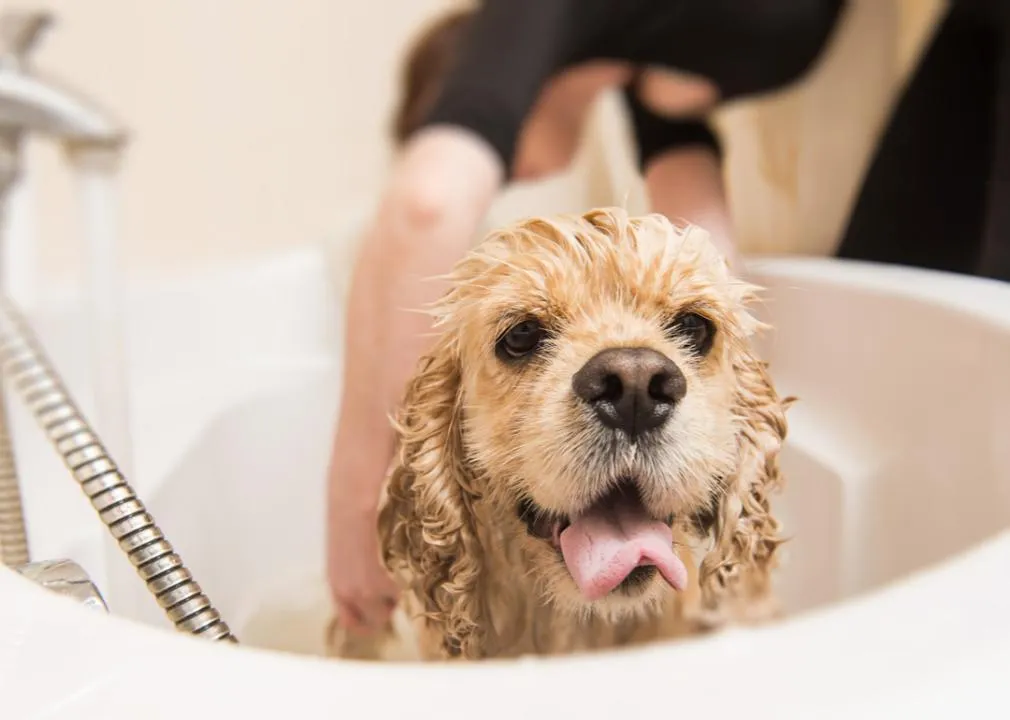
Flea and tick prevention
Preventive treatments are the best line of defense against parasites like fleas and ticks. However, brushing and bathing on a regular basis can also rid your dogs of these potentially harmful pests. Even mild soaps formulated for dogs can act as an insecticide against fleas. The head, neck, and tail regions are common spots for both fleas and ticks as both need easy access to blood in order to feed. Ticks can also frequently be found between dogs’ toes, in their armpits, and around their groin. It takes 48 hours for a tick to begin transmitting diseases such as Lyme disease after latching, so it is recommended that you inspect your dog immediately after being out in areas with a potentially high tick-prevalence.
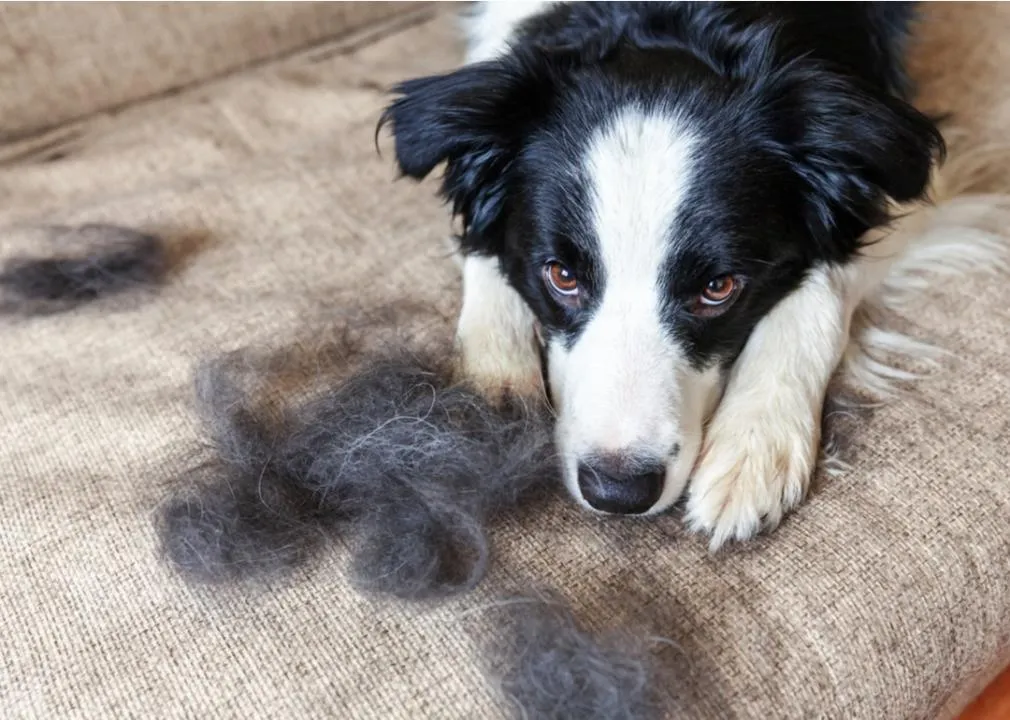
Less shedding
Dogs shed all year round, but many breeds, like those with double coats, shed more during the spring and fall. This seasonal change in preparation of colder or hotter weather is called “blowing their coat.” Brushing your dog regularly removes the fur that detached from the follicle and prevents it from getting trapped and matted. It may be tempting to shave dogs during the warmer months to keep them cool and cut back on fur in the home, but this can inhibit a dog’s natural temperature regulation mechanisms and leave their sensitive skin exposed to the sun.
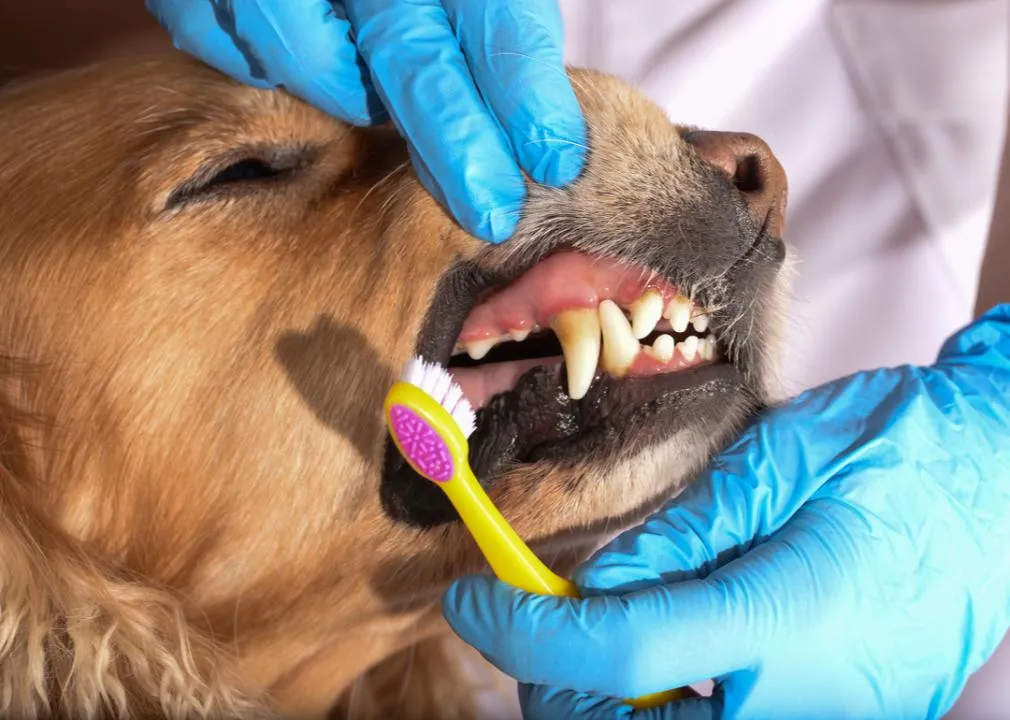
Strong teeth and healthy gums
Good oral hygiene is a critical part of a dog’s overall health and well-being. According to Veterinary Centers of America, 80% of dogs over 3 have some type of dental disease. Regular brushing of your dog’s teeth can help prevent tartar and plaque buildup and gingivitis. Once plaque turns into tartar, however, it will need to be professionally removed by a veterinarian. In addition to using toothpaste and toothbrushes specially designed for dogs, certain toys can keep teeth free of plaque. Strong, healthy teeth can also be maintained by carefully monitoring what your dog chews. Bones, antlers, and chew toys made of nylon can lead to fractured or broken teeth.
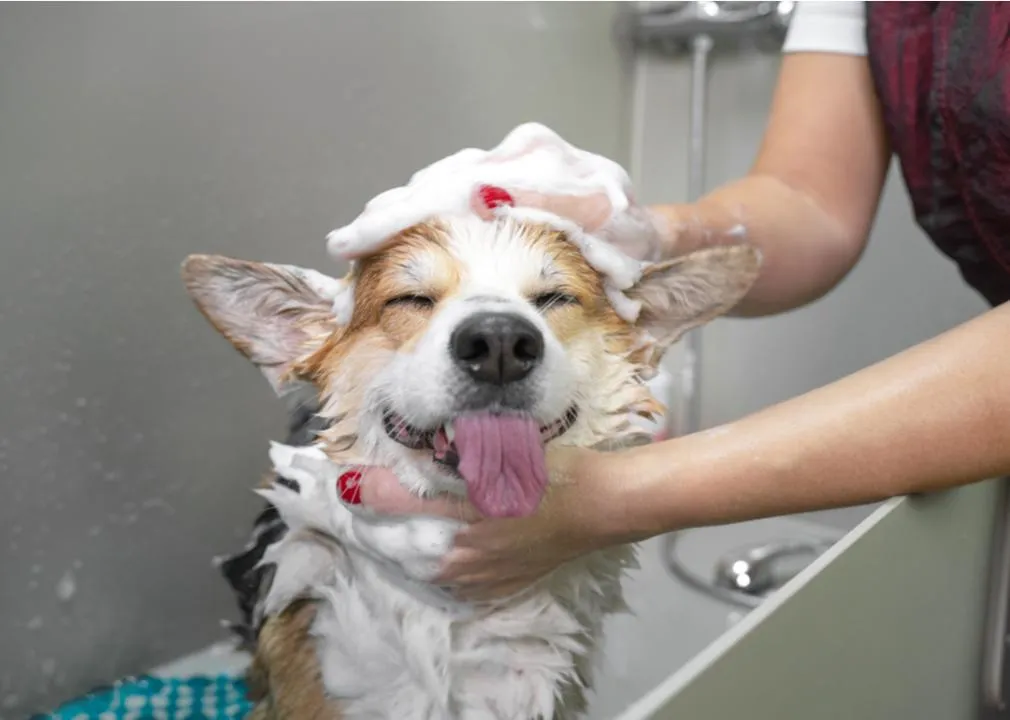
Emotionally bond with your pet
Grooming is a form of loving attention, something most dogs enjoy and every dog deserves. But it can be stressful at first. It’s important to get a dog accustomed to the sounds and sensations of being groomed. Practice using the tool that will be used, for example, to trim your pet's nails. In the beginning, hold the dog’s paw, clip the air, and just gently touch the nail with the clipper. With time and patience, a dog will learn to trust you, and regular grooming sessions will desensitize the dog to being handled.

























